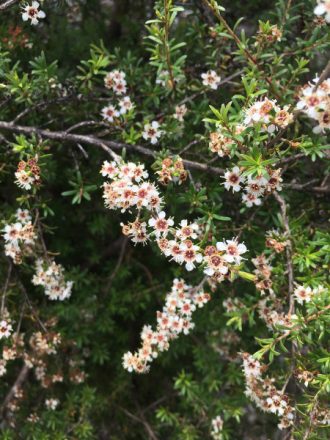ニュージーランドに自生するカヌカの木のオイルが、湿疹の治療に有効であることが、研究によって明らかになりました。
ニュージーランド医学研究所の主導で行われたこの臨床試験には、ニュージーランド全土で80名の被験者が参加しました。
研究代表者のニック・ショート(Nick Shortt)氏は、3%のカヌカオイルを含むクリームは、カヌカオイルを含まないクリームよりも成人の湿疹を改善する効果があったと述べています。
この研究は、標準的な湿疹の治療法に代わる、エビデンスに基づいた例であると述べています。
「さまざまな選択肢があることは、人々にとって有益なことです。私たちが発見した事実のひとつは、参加を希望する人の多くが、他のさまざまなものを試してみたものの、効果を実感できなかったということです。」
湿疹は、皮膚のバリア機能にダメージを与え、感染症や乾燥を引き起こしやすい敏感な状態になる一般的な疾患です。
ヒクランギ・バイオアクティブズ・リミテッドパートナーシップ(Hikurangi Bioactives Limited Partnership)共同設立者のマヌ・カディ(Manu Caddie)氏は、今回の試験結果が非常に有望であると述べています。
「カヌカオイルを使った湿疹の治療の成功は、非常に素晴らしいもので、今後、タイラウィティ地域の持続可能で収益性の高い産業につながり、地元の人々に新たな雇用をもたらす可能性があります。」
カヌカの木は、タイラウィティ地域(北島北東部沿岸)に豊富に生育しており、マオリの伝統医学の一部となっています。
画像引用元:www.forestandbird.org.nz





























































